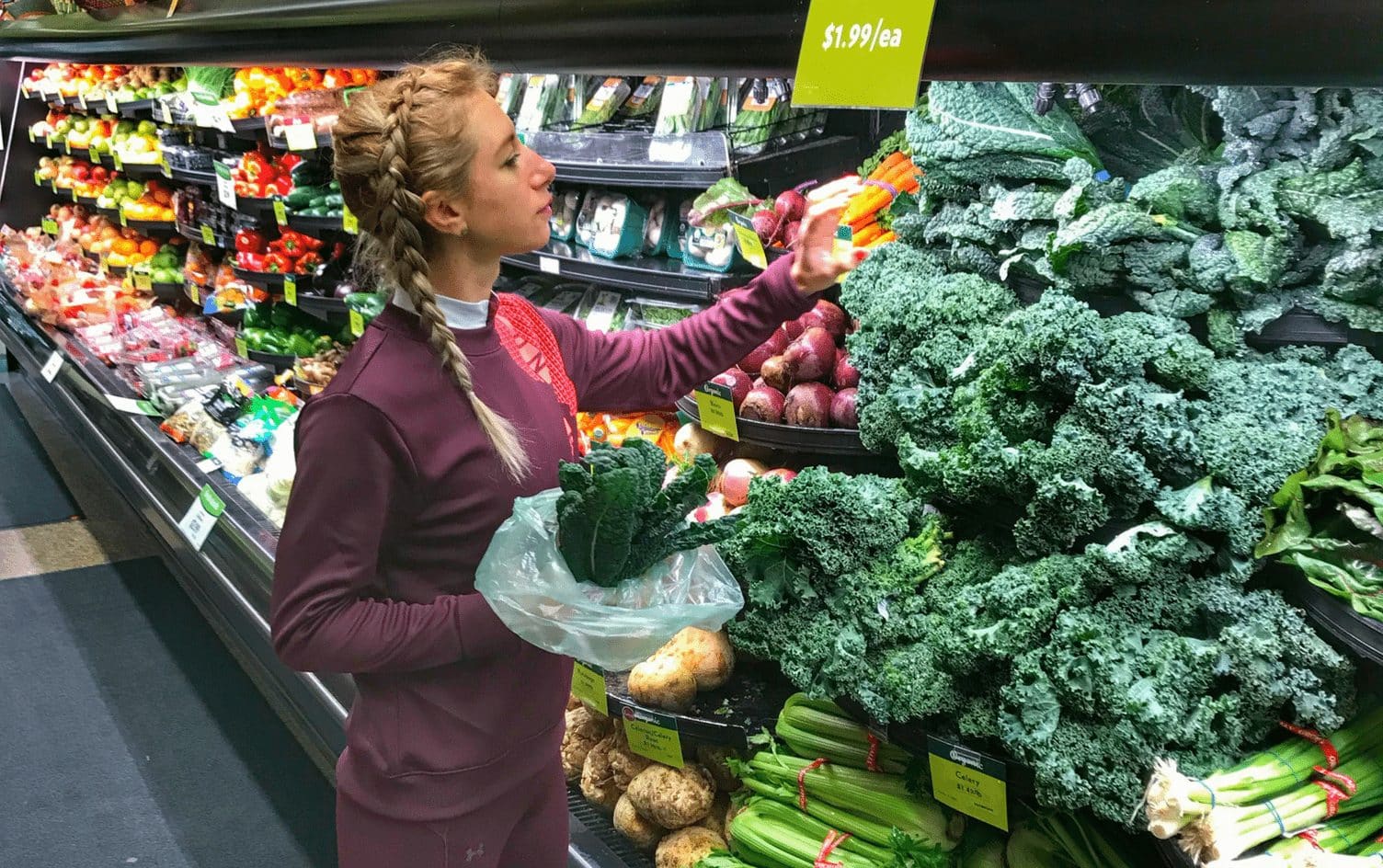Spring brings warmer weather, sunnier days and the opportunity to take your workout outside. Transitioning training sessions from the gym to the great outdoors comes with several considerations: where to go, what to wear, when to go and how to fuel.
Before you get outside, make sure your performance nutrition plan is ready for the new training environment.
These are the top five things to consider in terms of your nutrition when transitioning your workouts outside this spring:
1. EXPERIMENT INDOORS
The gym is a great place to experiment with eating different types of fuel due to the close proximity to a restroom. When outside, consuming the wrong thing can leave you in the nearest bush taking an undesired ‘nature break.’ To prevent GI issues, make sure your fueling methods are tried and true before taking them outside. For best results, start with what you know works and slowly add new things to the routine as you adapt and progress.
2. STASH IT
Inside, workouts are largely stationary, so you can keep your fuel nearby. When on-the-go outside, you’ll need to carry it with you. There are a few options for this: Stash it on your person (inside pockets or spandex), use a pack (water bottle with pouch, waist belt, backpack) or hide it along your route if you’re doing an out-and-back or lap-style course.
3. ELEMENT EXPOSURE
Food being brought outside is subjected to the elements. Make sure the ingredients hold up to rising temperatures without melting (sorry, chocolate) and/or spoiling. If you drop food at a location along your route, make sure the ants won’t get to it before you do. If carrying food on your person, make sure it won’t get overly bruised or smashed. When driving to a destination workout such as a tennis court, group ride or trail, pack a cooler with ice to keep things fresh while you work out.
4. RAMP UP
Spring season can lead to a significant ramp up in activity level — temps are nicer, days get longer, races near and more friends want to get outside. Make sure your fueling practices match your increase in activity. Workouts lasting 90 minutes or longer need to be fueled with 30–60 grams of carbs an hour along with recovery fuel to replenish your body’s stores.
READ MORE > THE BASICS OF EATING BEFORE, DURING AND AFTER A WORKOUT
5. MAKE IT SOCIAL, WITHIN REASON
Group workouts are a great motivator for getting outside, but make sure to keep the focus on the training, not the food. Many groups meet at a local café or coffee shop, promoting the purchase of a beverage, snack or meal. Some training groups even end with a social happy hour. While fun, these stops can work against you. Wherever your fuel source is coming from, make sure that it supports the effort you’re putting in — along with your lifestyle and health goals.
Overall, transitioning from winter indoor workouts to sunny outside training can be, well, a breath of fresh air! With a little extra thought to your nutrition strategy, you can keep your body fueled to match your spring fitness goals.




